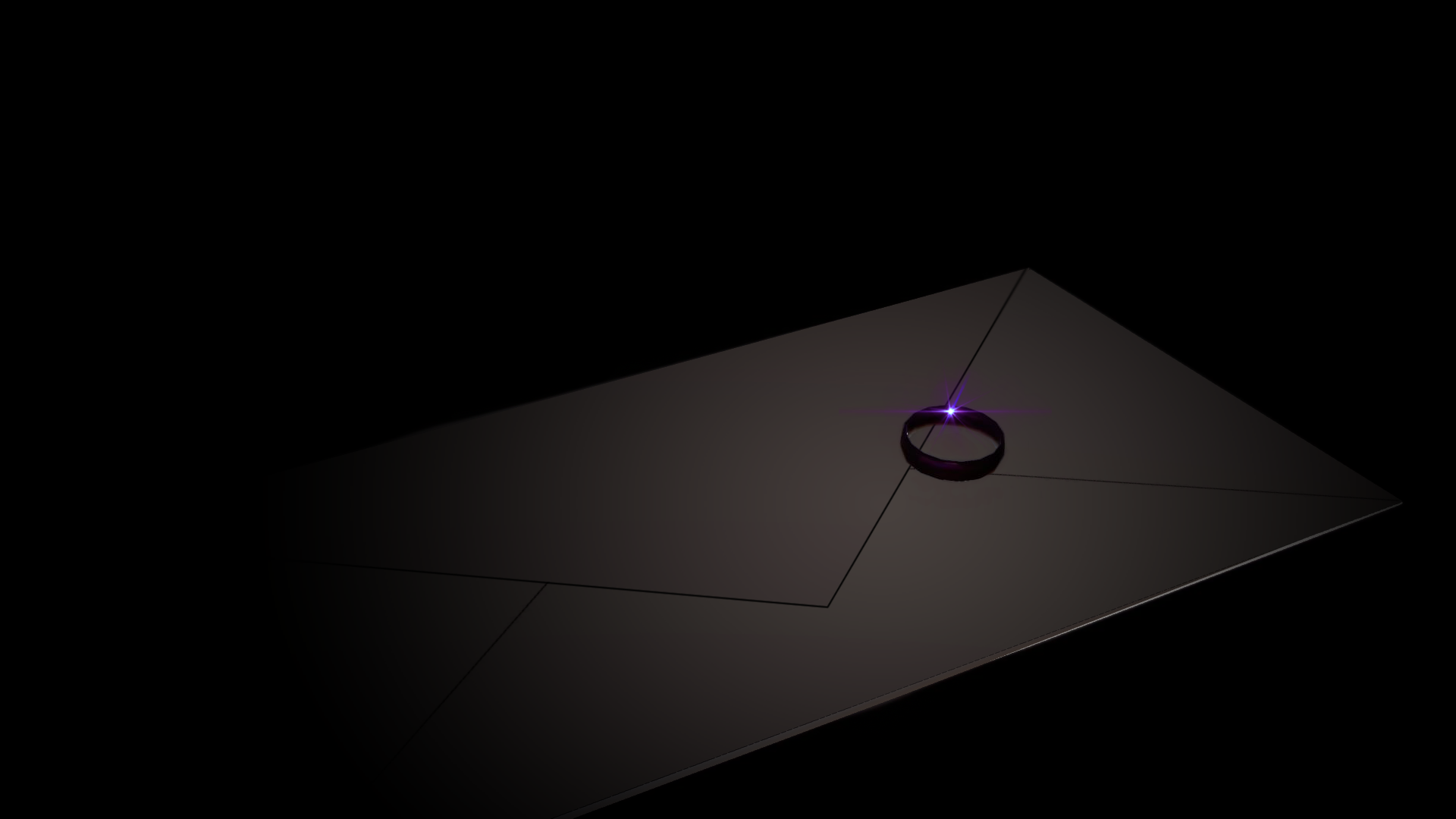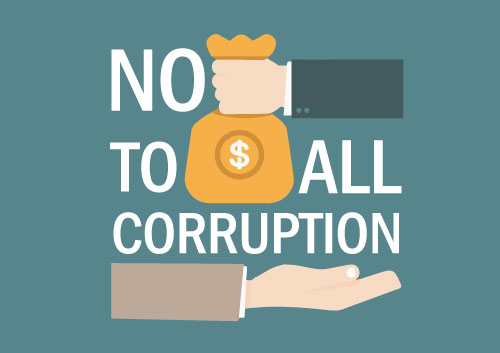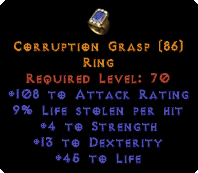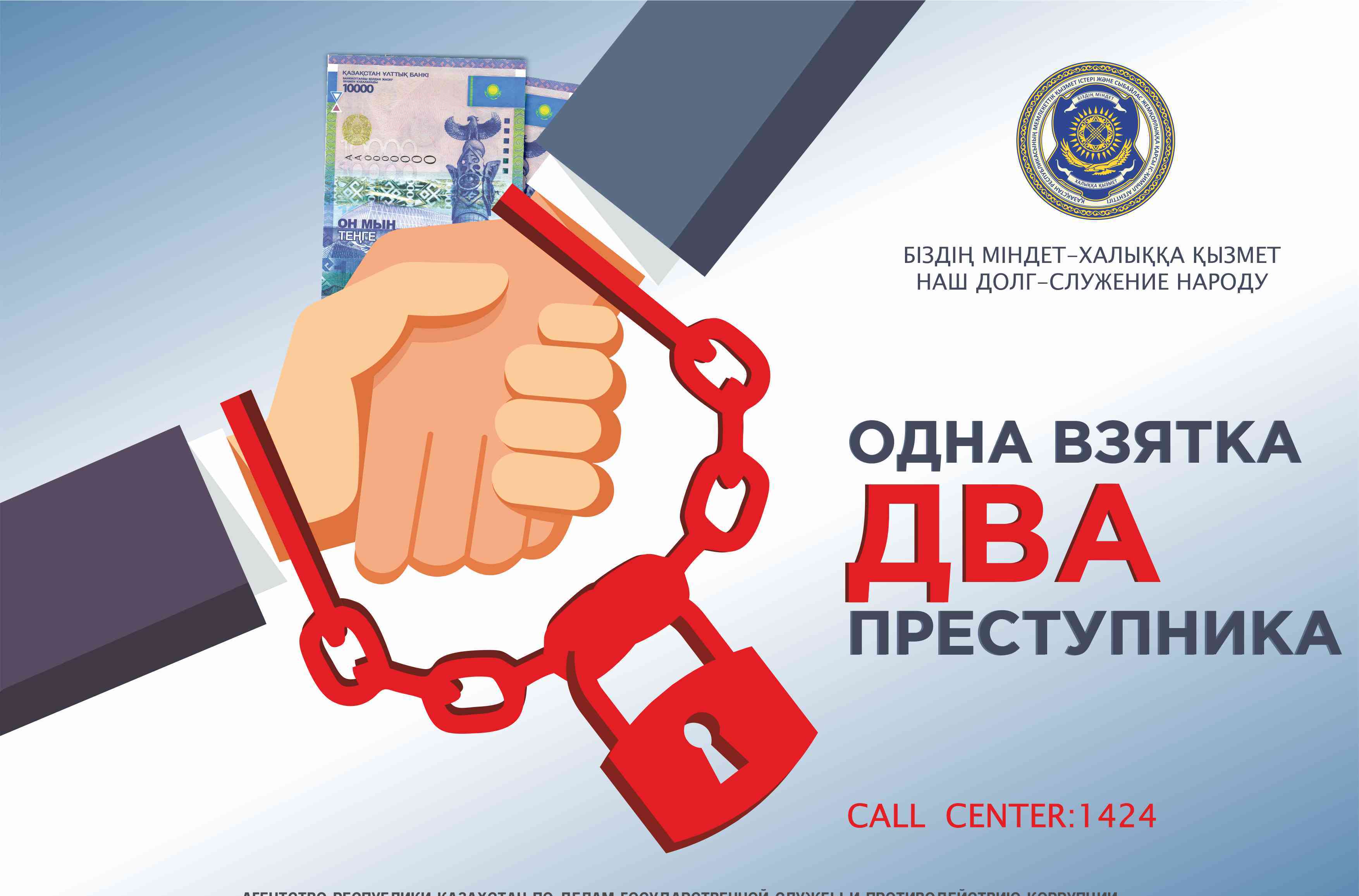


If both corrupters have the same Power, then the creature remains affected by whichever corrupter it was first exposed to. If two corrupter's attempt to exert their will over a single creature, only the corrupter with the higher Power affects it.

A creature does not gain Corruption when being forced to act by their corrupter.Ī creature can only be affected by one corrupter at any one time. Similarly, when forced to act against the desire of the corrupter, a creature must succeed on a Wisdom saving throw or become unwilling to perform the action in question. On a failure, the creature gains a point of Corruption. While a creature is corrupted, it must make a Wisdom saving throw against Corruption whenever it willingly acts in accordance with the corrupter's desire. Use this variant if you want Corruption to become an important part of a combat encounter, or to increase the threat of a corrupting force. A powerful enough source of corruption may force a creature to repeat its saving throw every hour, every minute, or even every round. When a creature makes a Wisdom saving throw against Corruption, the DC is increased by the creature's current Corruption score, as the corrupter's hold strengthens.Īt your discretion, you may reduce this interval for more powerful corrupters. The more powerful a corrupter is, the more quickly it will turn a creature towards its desire.

The Power of a corrupter determines how strong its will is, and how difficult it is to resist its allure. Common corrupters are cursed artifacts in the depths of ancient crypts, lands stricken with a magical blight by a vengeful force, or powerful mages that twist the minds of mortals to their whim.Īll corrupters have a number of attributes that they share, called their Power, their dominant force, and their desire. It is an object, a location, a being or a magical phenomenon that changes those who come into contact with it - usually, for the worse. CorruptersĪ corrupter is a source of corruption. Creatures exposed to corruption must make Wisdom saving throws in certain situations as they attempt to resist the draw of a powerful corrupter. As a creature's Corruption score increases, its personality is warped and twisted by the will of a corrupter. This score ranges from zero to twelve, and for the vast majority of creatures, is initially set at zero.Ī creature's Corruption score represents how tainted by the forces of corruption a creature is. The Corruption ScoreĮach creature has an additional statistic, called its Corruption score. Corruption in this system, rather than a score that determines the touch of evil itself on a character, instead seeks to cover the dark effects of any corrupting influence, in all their forms, be they cursed objects or dark lords. This document presents an alternative take on a popular concept, inspired by the Taint rules of D&D 3.5e's Heroes of Horror and the Shadow system of Adventures in Middle Earth. These curses erode the morals, the will, the strength of the afflicted, and supplant them with their own, posing a great danger to adventurers on heroic journeys. These can be locations that twist and chance the people that walk through them, or ancient artifacts that corrupt their holders, bending their minds to their immortal will.


 0 kommentar(er)
0 kommentar(er)
